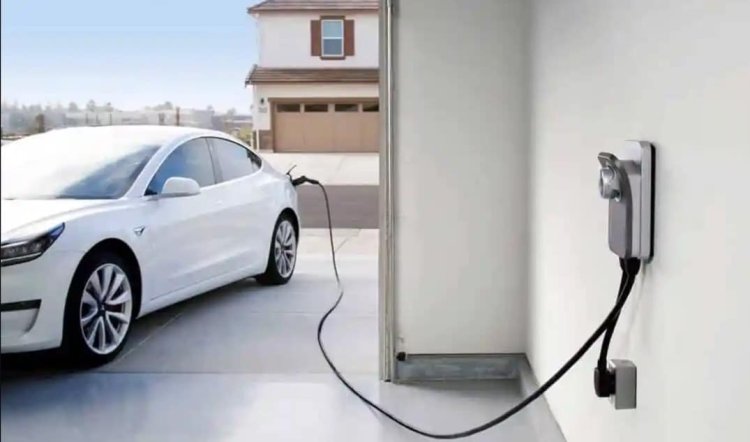Powering Your Future: The Ultimate Guide to Tesla Charger Installation
In this guide, we explore the ins and outs of Tesla charger installer, why you need a home charger, and the critical role professional installers play in setting you up for success.

Tesla vehicles are revolutionizing the way we drive, but as the popularity of electric cars grows, so does the need for efficient, reliable charging solutions. While Tesla’s Supercharger network is widely recognized for its quick and accessible charging stations, there’s no place like home when it comes to convenience. In this guide, we explore the ins and outs of Tesla charger installer, why you need a home charger, and the critical role professional installers play in setting you up for success.
Why You Need a Tesla Charger at Home
Charging at home isn’t just about convenience—it's also about efficiency and cost savings. By installing a Tesla charger at your home, you’ll never have to worry about finding a charging station during your commute or long trips. Not only does it allow you to wake up to a fully charged vehicle every morning, but it also eliminates the need to pay higher fees at public charging stations. In addition, while Tesla’s Supercharger network is great for long-distance travel, having a dedicated home charger ensures that you're never left scrambling for a charge on a busy day.
Understanding the Types of Tesla Chargers
When it comes to charging your Tesla at home, you’ll have two main options: Level 1 and Level 2 chargers.
-
Level 1 Charger: This uses a standard 120-volt outlet, meaning you can plug your Tesla directly into any regular home socket. While convenient, the charging speed is relatively slow, adding about 3-5 miles of range per hour.
-
Level 2 Charger (Tesla Wall Connector): This is the preferred choice for most Tesla owners. It requires a 240-volt outlet and can charge your car much faster—up to 44 miles of range per hour. This is the best option if you want to quickly power up your car overnight.
The Benefits of Hiring a Professional Tesla Charger Installer
While DIY installation may seem like an attractive option, hiring a professional is the smartest choice. Expert installers have the knowledge and training to handle complex electrical systems safely and efficiently. With their help, you won’t have to worry about the risks of improper wiring or the possibility of damage to your vehicle or home. Professionals also understand the specific requirements for Tesla chargers and will make sure your installation complies with local codes and safety standards.
The Installation Process
Once you’ve chosen a professional installer, the process typically begins with a site assessment. The installer will evaluate your electrical panel and determine the best location for your charger. Depending on your home’s existing electrical system, you may need an upgrade, such as a new circuit or an upgraded panel. Once everything is set, the installation itself is fairly straightforward, and you can expect it to be completed within a few hours. After installation, the system will be tested to ensure everything works properly.
How to Choose the Right Installer
When selecting a professional to install your Tesla charger, it’s essential to choose someone with experience and expertise. Look for certified electricians who specialize in EV charger installations and are familiar with Tesla's specific needs. Researching customer reviews and testimonials can also give you a sense of the quality of service provided. Don’t forget to ask about the pricing structure and what’s included in the installation package.
Tesla Charger Installation Costs
The cost of installing a Tesla charger at home can vary depending on several factors, including your location, the complexity of the installation, and whether you need electrical upgrades. On average, the cost of installation ranges from $500 to $2,000. However, potential tax incentives and rebates may help offset the cost, so be sure to check with your local authorities for available programs.
Troubleshooting and Maintenance
Once your Tesla charger is installed, ongoing maintenance and troubleshooting might be necessary from time to time. A qualified installer can help with diagnostics if your charger stops working properly. Regular inspections ensure your charger is always in top working condition, preventing any issues down the line.
Conclusion
A Tesla charger installation is more than just a one-time upgrade—it’s an investment in your convenience, safety, and the long-term performance of your electric vehicle. By hiring a professional installer, you ensure that your system is set up correctly and securely, so you can enjoy the full benefits of owning a Tesla. Ready to take your electric driving experience to the next level? Installing a Tesla charger at home is the first step toward a smoother, more reliable ride.
What's Your Reaction?


















.jpg)
